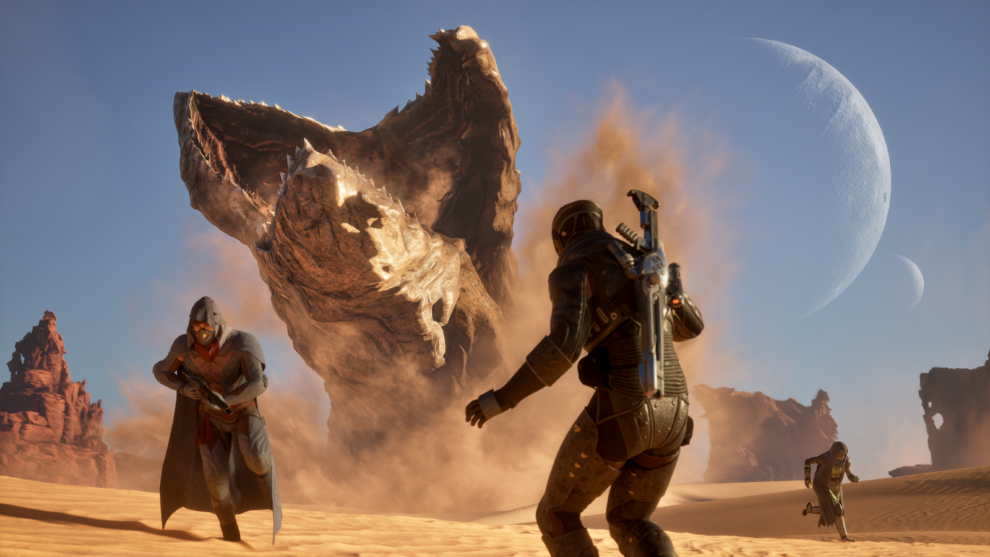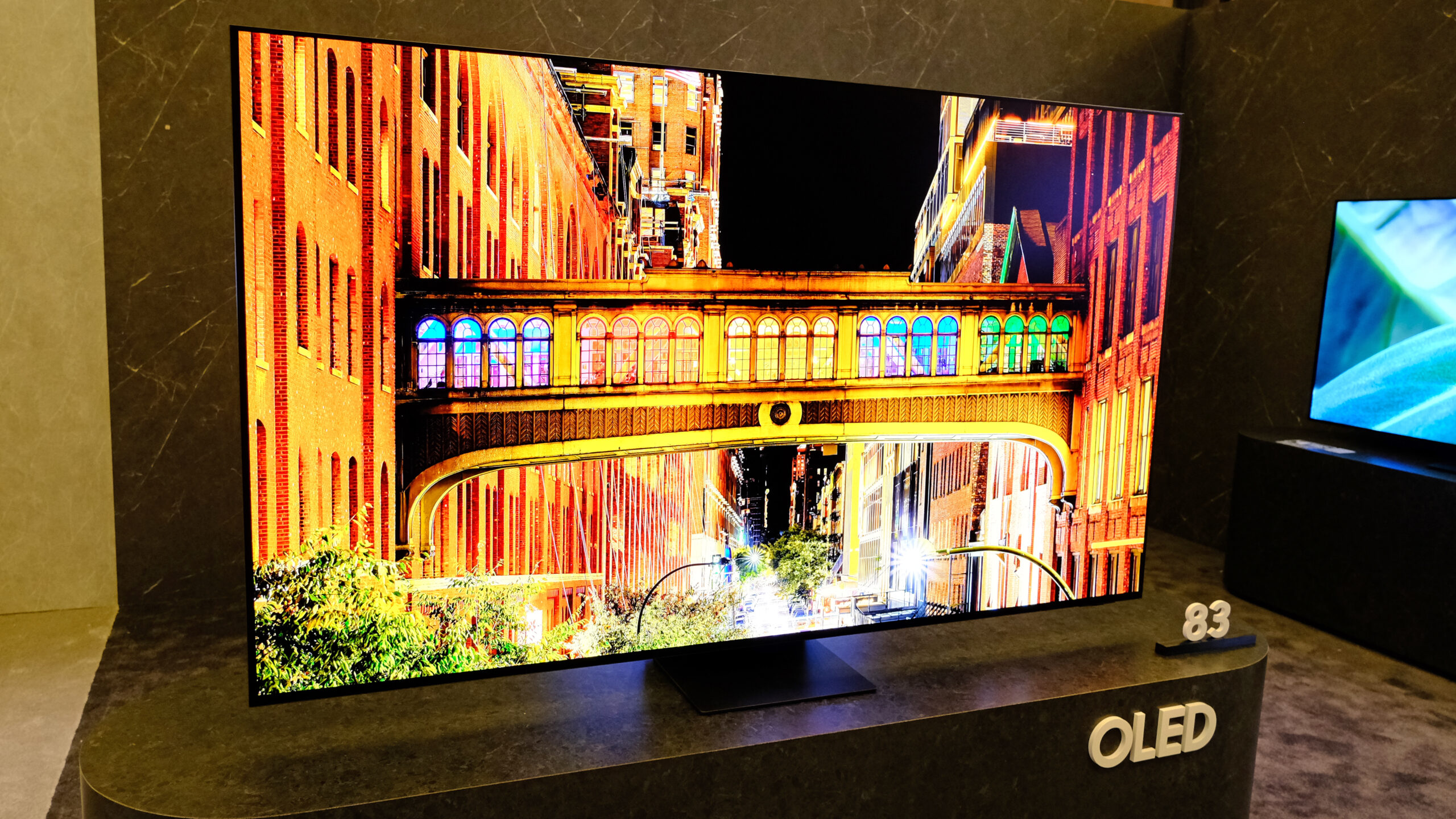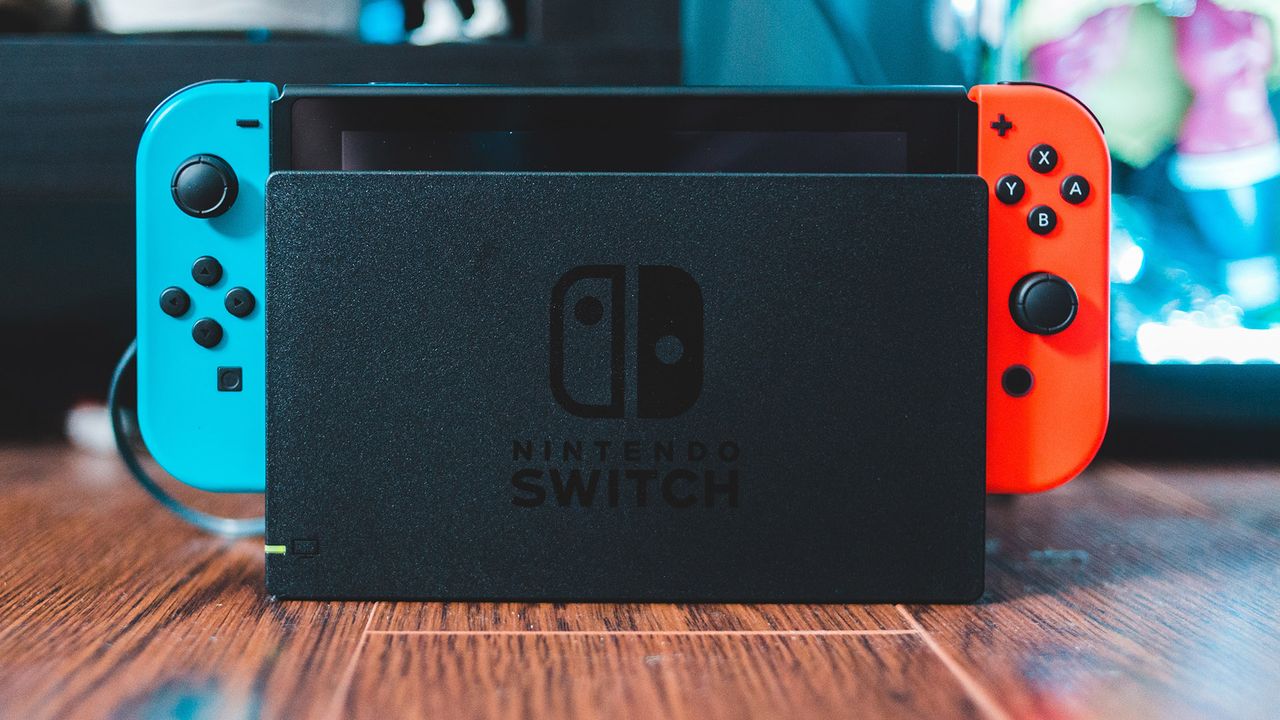In a recent interview, the developers of the highly anticipated MMO, “Dune Awakening,” openly acknowledged the optimization challenges posed by the Xbox Series S. This revelation has ignited discussions within the gaming community about the potential impact of the console’s hardware limitations on the future of next-gen game development.
The Xbox Series S, Microsoft’s more affordable entry into the next-generation console market, has been lauded for its accessibility. However, its less powerful hardware compared to its counterpart, the Xbox Series X, has raised concerns among developers about the complexities of optimizing games for both platforms. The “Dune Awakening” team’s admission highlights these concerns, emphasizing the delicate balancing act developers face when creating games for multiple console versions.
Key Points:
- Optimization Challenges: Developers of “Dune Awakening” admit that optimizing the game for the Xbox Series S has been a significant challenge.
- Hardware Limitations: The Xbox Series S’s less powerful hardware compared to the Xbox Series X is the primary reason for these optimization difficulties.
- Impact on Next-Gen Games: This situation raises questions about the potential impact of the Xbox Series S on the development of next-gen games.
- Balancing Act for Developers: Developers face the challenge of creating games that perform well on both the Xbox Series S and X, which have different hardware capabilities.
The Optimization Dilemma
Game optimization is a complex process that involves tailoring a game’s performance to the specific hardware it runs on. The Xbox Series S, with its less powerful CPU and GPU, presents developers with a unique set of challenges. To achieve smooth frame rates and high visual fidelity on the Series S, developers often have to make compromises, such as reducing texture quality, lowering draw distances, or simplifying visual effects.
The “Dune Awakening” team’s candid admission underscores the difficulty of these compromises. Creating a visually stunning and immersive open-world MMO like “Dune Awakening” while maintaining acceptable performance on the Series S requires careful optimization and potentially significant sacrifices.
The Impact on Next-Gen Games
The challenges faced by the “Dune Awakening” developers raise questions about the broader implications of the Xbox Series S for the future of next-gen game development. Will the console’s hardware limitations become a bottleneck, forcing developers to scale back their ambitions for next-gen games to ensure compatibility with the Series S? Or will developers find innovative ways to overcome these challenges and deliver visually impressive and immersive experiences on both the Series S and X?
Balancing Act for Developers
The Xbox Series S presents developers with a delicate balancing act. On the one hand, they want to create games that push the boundaries of visual fidelity and performance on the more powerful Xbox Series X. On the other hand, they need to ensure that their games run smoothly and look acceptable on the less powerful Series S.
This balancing act can lead to compromises and potentially limit the full potential of next-gen games. Developers may have to make difficult choices, such as sacrificing visual quality or reducing the scope of their games to ensure compatibility with both consoles.
The Future of Xbox Series S
The Xbox Series S remains a popular and accessible entry point into the next-gen console market. Its affordability has attracted a large user base, and Microsoft has shown no signs of discontinuing the console.
However, the challenges faced by developers in optimizing games for the Series S raise questions about its long-term viability. As next-gen games become more demanding and visually complex, the Series S’s hardware limitations may become increasingly apparent.
The “Dune Awakening” developers’ admission about the optimization challenges posed by the Xbox Series S has sparked a crucial conversation within the gaming community. The console’s hardware limitations have a tangible impact on game development, forcing developers to make difficult choices and potentially limiting the full potential of next-gen games.
As technology continues to advance, it remains to be seen how developers will navigate the complexities of optimizing games for both the Xbox Series S and X. Will they find innovative solutions to overcome the Series S’s limitations, or will the console eventually become a bottleneck for next-gen game development?
The future of the Xbox Series S and its role in shaping the next generation of gaming experiences hangs in the balance.










Add Comment